Fire Alarm Systems Basics
1/26
Earn XP
Description and Tags
Basics on Components, power, and signaling
Name | Mastery | Learn | Test | Matching | Spaced |
|---|
No study sessions yet.
27 Terms
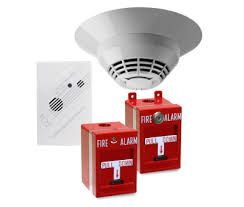
Initiating Devices
Detect fire-related conditions and send signals to the FACU.
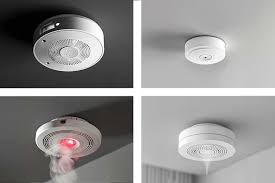
Smoke Detectors
Ionization, Photoelectric, and Beam
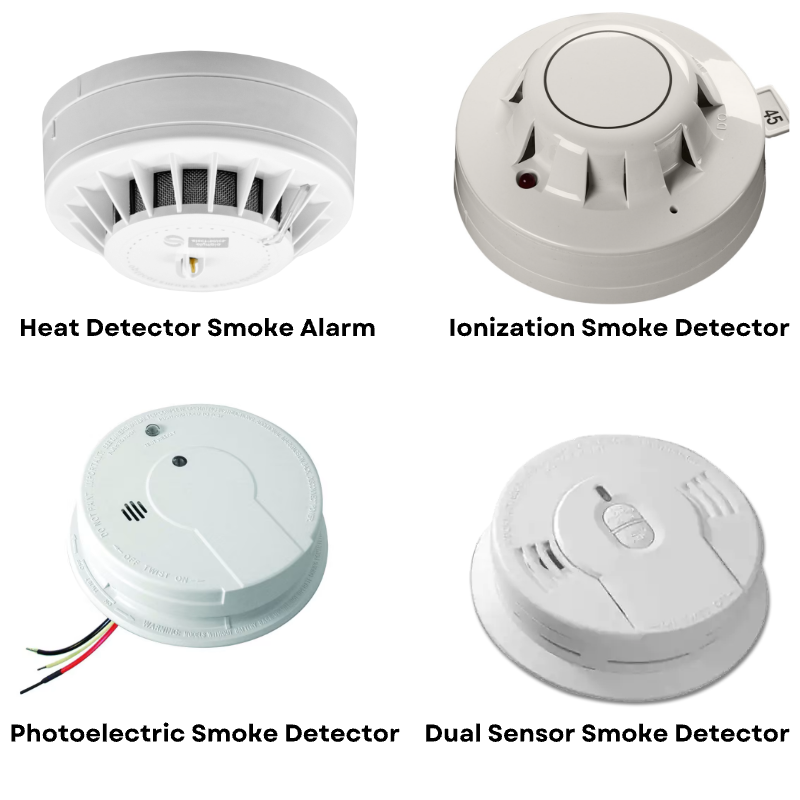
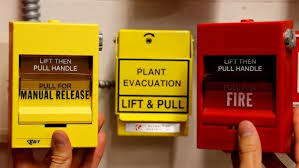
Manual Pull Stations
Devices that allow individuals to manually trigger the fire alarm.
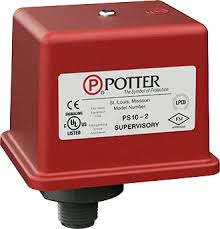
Waterflow and Pressure Switches
Devices that monitor water flow and pressure in fire protection systems.
IDC (initiating Devices Circuit)
Used in conventional systems
SLC (Signaling Line Circuit)
Used in addressable systems for more precise monitoring
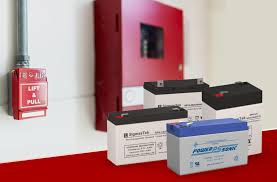
Primary Power
Typically from utility or generator
Secondary Power
Batteries or SEPSS (Stored-Energy Emergency Power Supply System)
Battery Sizing
Must support 24 hours standby + 5-15 minutes alarm time.
Audible & Visual Alerts
Speakers, horns, strobes—activated via Notification Appliance Circuits (NACs).
Public Mode
Alerts all occupants.
Private Mode
Alerts only responders (e.g., hospital staff).
Temporal Patterns
Temporal 3 for fire evacuation; Temporal 4 for carbon monoxide.
Relays & Control Circuits
Used to operate systems like elevator recall/shutdown, fire door closers, and smoke control systems.
Supervising Stations
Fire alarms can send signals to external monitoring centers.
Public Emergency Alarm Reporting Systems (PEARS)
Systems used for off-premises signaling
Central, Proprietary, or Remote Supervising Stations
Types of external monitoring centers for fire alarms.
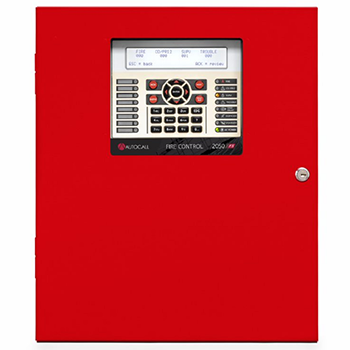
Fire Alarm Control Unit (FACU)
The central unit that monitors inputs (Detectors) and controls outputs (Alarms, emergency systems).
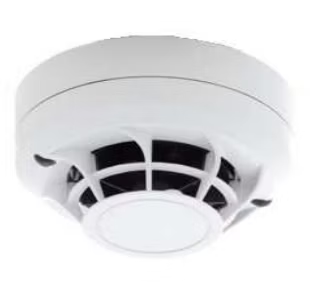
Heat detectors
Fixed, rate-of-rise, and analog
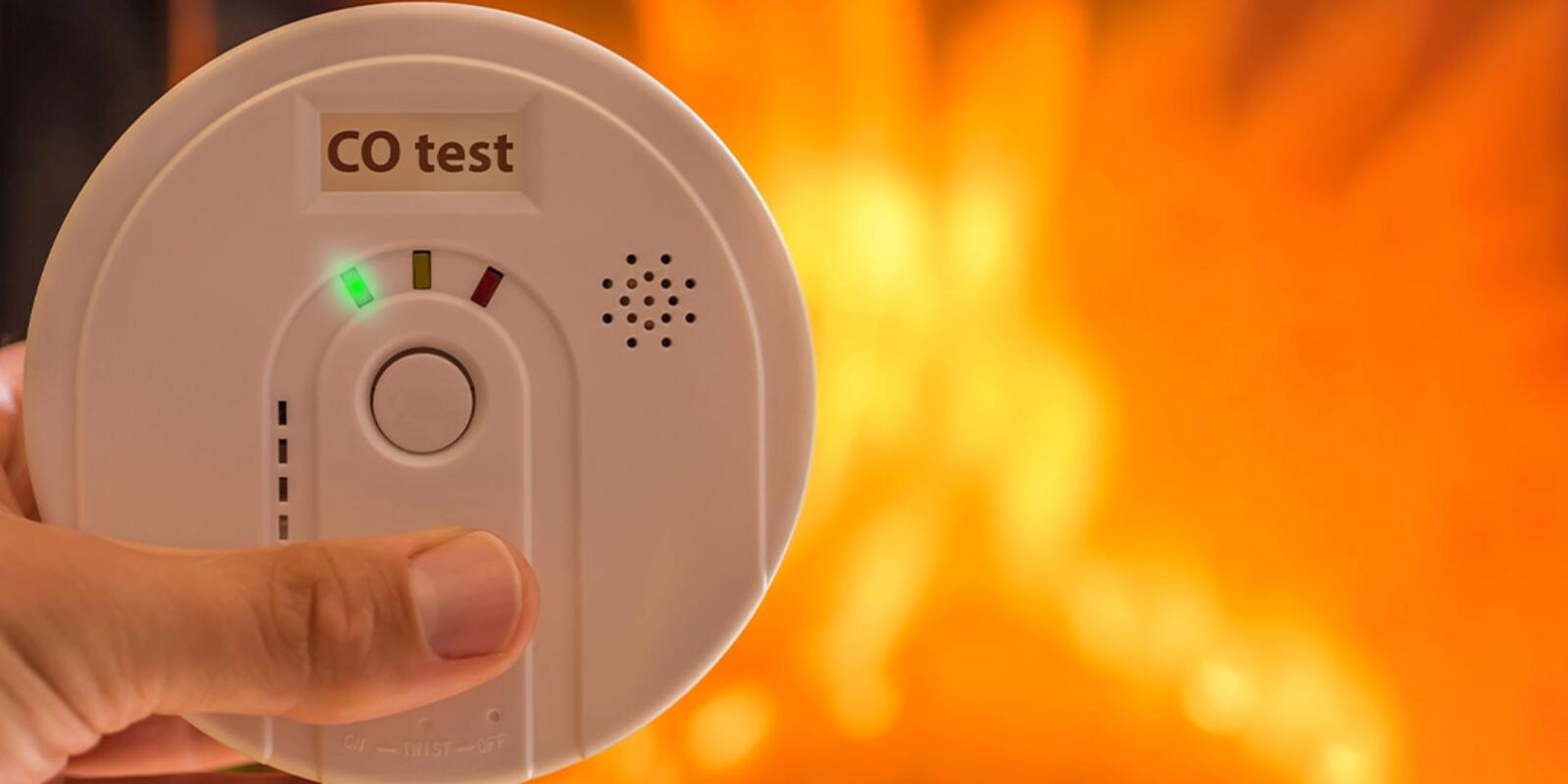
Carbon monoxide detectors
Devices that detect the presence of carbon monoxide.
Alarm (Example: Smoke)
Immediate threat detected
Trouble (Example: Broken wire)
Fault in the system
Supervisory (Example: Closed Sprinkler Valve)
Issue with monitored equipment
P.E.A.R.S.
Public Emergency Alarm Reporting Systems
Temporal 3
Fire Evacuation
Temporal 4
Carbon Monoxide
N.A.C.
Notification Appliance Circuits